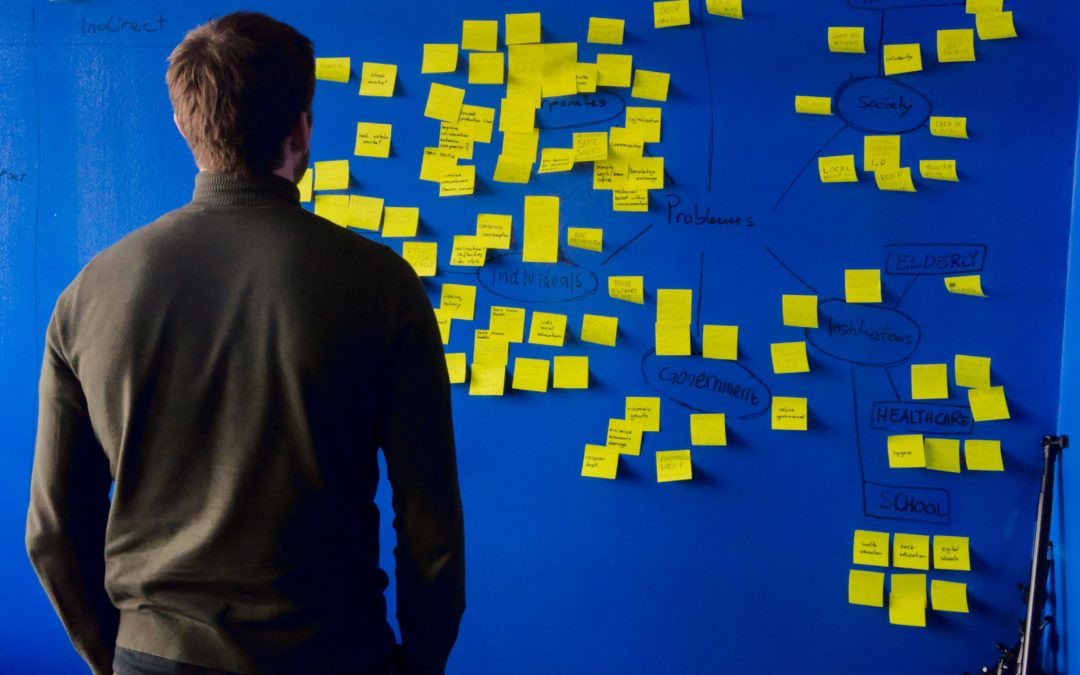
by Pharron Fields | Sep 5, 2023 | Business News, Latest, Tech News |
Image Credit: Photo by Per Lööv on Unsplash
Teamshares: A Novel Approach to Business
First on our list is an intriguing venture by Teamshares. This startup has been attracting a substantial amount of capital and has embarked on an ambitious mission of acquiring numerous small and medium-sized businesses (SMBs). However, this is merely the tip of the iceberg. Teamshares also plans to offer its employees the opportunity to earn stock through prolonged service, while simultaneously providing centralized fintech services to all its subsidiary companies. This novel business model has ignited much discussion in the startup community.
MoonPay: Stepping into the Venture Game
Next, we turn our attention to MoonPay, a crypto payment infrastructure company that is venturing into the world of investments. MoonPay is setting its sights particularly on crypto, gaming, and fintech. The confluence of these three sectors invariably leads to crypto games. We are keenly observing MoonPay’s investment decisions, as new funds that are crypto-themed or crypto-adjacent are becoming increasingly scarce. Therefore, MoonPay’s entry into the market is indeed exciting news.
Rent Butter and Kiki: Revitalizing Renting
With the zero interest rate era drawing to a close and the experimental phase of building new iBuying and mortgage service startups partially concluded, renting is back in vogue. Consequently, startups that focus on rentals are also gaining traction. Two such startups are Rent Butter and Kiki, both of which are making waves in the rental market.
The Elusive Tech IPOs
The long-awaited tech IPOs have been more elusive than anticipated. Using data from Crunchbase, we have noted the extended wait for authentic tech IPOs. The good news, however, is that they are gradually making a comeback.
Lean Startup Ideology Meets AI
Lastly, we explore what happens when the lean startup ideology infiltrates the realm of Artificial Intelligence (AI). As it turns out, this combination leads to an abundance of experiments.
And with that, our roundup of this week’s most significant startup and tech news concludes. Please note that due to an American holiday, our next episode of Equity will be broadcasted on Tuesday instead of Monday. Until then, keep innovating and stay tuned!

by Jonathan P-Wright | Jan 5, 2022 | Black Girl Magic, Black Owned Business, Business News |
How Black Entrepreneurs are Generating Wealth in Technology for Generations to Come
Modern-day black entrepreneurs are disrupting major industries across the world, from Silicon Valley to Hollywood. In this article created for our Entrepreneur Spotlight Series, we aim to find out more about how these influencers have been able to generate so much business for themselves and others in the technology industry.
How technology has impacted the black community in the past
While there’s been a surge in the number of black-owned tech companies, technology hasn’t always been good for the black community. In fact, it was at one point destroying it–perhaps not on purpose, but still. There was a time when black Americans were very dependent on information and data from newspaper and media outlets to inform them and make decisions about everything from healthcare to how they spent their money. Today we have the platforms we need to access this content ourselves and learn more about what we want and how to achieve it.
Technology isn’t just a means of spreading information. It’s become a brand and a tool that has enabled many to be innovative in ways never seen before, including those working on the sidelines of media.
The black community is more conscious about representation in media, entrepreneurship in the content creation space, and information about black culture than ever before.
Black entrepreneurs are generating wealth in technology for generations to come
Black entrepreneurs are fighting to redirect the negative stigmas that surround them. These recent graduates are no longer content with being on welfare or cutting on means; they are forging new opportunities to develop security for themselves and their communities on their own terms.
Technology is one of many tools these entrepreneurs are utilizing to create this change, developing innovative products and solutions via mobile phone apps, cloud computing, drones, sensors, 3D printers are just some of the topics discussed during the 21st Century African-American Entrepreneur Awards event hosted by Heineken on June 13th.
Entrepreneurship plays a significant role in economic prosperity
Black entrepreneurship is a significant and essential vehicle for economic prosperity, both now and into the future. Black-owned businesses generate approximately $34 billion in sales but hold only one percent of general contracting jobs. That statistic demonstrates the necessity of following up on roots, opposed to placing all one’s business eggs in baskets outside of oneself.
For many African Americans, entrepreneurship is the best way to obtain economic prosperity. It gives you complete control of your resources and what you are producing, but it also allows you to set your own goals. This can make a big difference in achieving goals mainly because it will be defined by the entrepreneur’s true desires. For African American entrepreneurs who choose business ownership, food service or retail are two of the most popular industries.
It’s a little-known fact that well over half of tech start-ups today are founded by women, despite the statistics that tech is no longer a field mostly dominated by men. Operating out of Silicon Valley to tech meccas like Detroit and New York City, tech sector entrepreneurship has been rising as an area of interest for many disparities. Tech entrepreneurs now make up the third-largest economic sector in Detroit alone.
This article was penned by Jonathan P. Wright. Jonathan is a freelance writer for multiple mainstream publications and CVO of RADIOPUSHERS. You can read more of his work by clicking here.
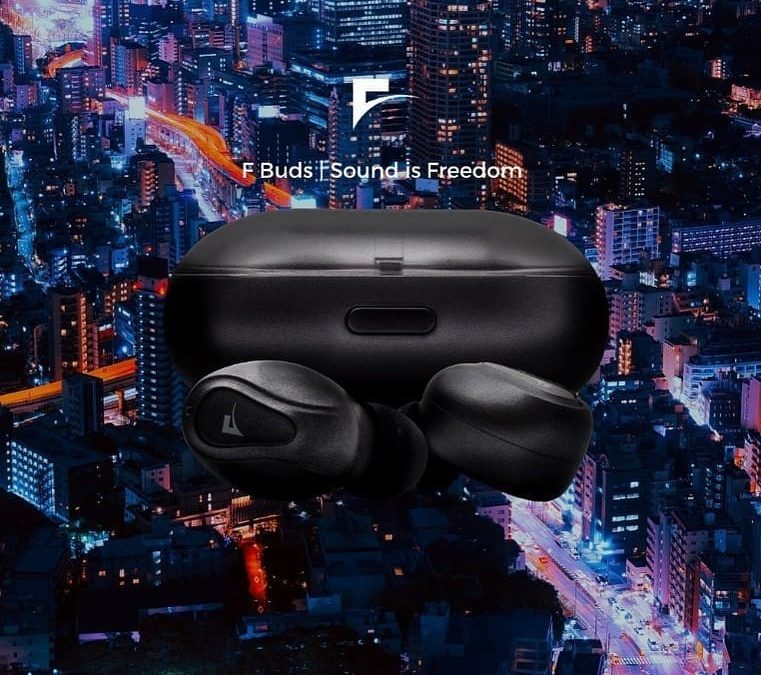
by Pharron Fields | Jun 7, 2021 | Business News, Digital Mogul, Latest |
FORMERLY THROWN AWAY AT A DUMPSTER, FREDDIE FIGGERS BECAME A MILLIONAIRE TECH ENTREPRENEUR DESPITE ALL ODDS
It doesn’t have to be your circumstances that define you.
Freddie Figgers found out when he was eight that his biological mother abandoned him near a dumpster shortly after he was born, according to BBC News.
“Listen, Fred, I’m going to tell you the truth. I adopted you out of foster care because I didn’t wish to send you through foster care.” Freddie recalls his father telling him, “You are my son.” Your biological mother threw you away, and you and Betty Mae adopted you out of foster care.
He describes the thoughts that went through his mind after finding out that his adopted parents found him near a dumpster.
He told me that and I felt unwanted and that made me feel trash.” said Freddie. I remember he grabbed my shoulder and said, “Listen, don’t ever let that bother you.'”
Although Freddie continued to be plagued by the circumstances surrounding his adoption throughout his youth, he persevered.
I was called a lot of names when I was younger, including ‘dumpster baby,’ ‘trash can boy,’ ‘who wants you,’ and ‘you’re dirty.'” said Freddie.
In 1989, Nathan and Betty Mae were living in Quincy, a rural community in North Florida, when Freddie was born.
After fostering many children, they chose to adopt Freddie when he was just two days old.
It was always my father’s intention to help others, stopping by the roadside to help strangers and feeding the homeless, he said. The reason I wanted to be like him was because he adopted and raised me.”
In the meantime, Freddie and Nathan would do “dumpster diving” on the weekends, looking for old things that could still be useful.
Freddie wanted a computer.
“I was always fascinated by computers, and there is an old saying that ‘one man’s trash is another man’s treasure. During that time, gateway computers weren’t in our budget.”
At the age of nine, Freddie found a broken Mac while browsing in a Goodwill store with his father. The rest is history.
“When I got home and the computer wouldn’t turn on, I took it apart,” said Freddie.
His determination would not let up until he was able to get the computer up again.
“When I inspected it, I found some damaged capacitors. Using parts I had from my father’s radio alarm clock, I built a circuit board.” I used my father’s soldering gun and I also had radios and alarm clocks.
A few attempts later, the computer powered on, and Freddie was convinced that technology was what he wanted to do the rest of his life.
In today’s world, Freddie Figgers is a millionaire inventor of inventions that include a GPS tracker, designed as a result of the Alzheimer’s disease his father, Natham, suffered from.
Within a month of selling the tracker rights, he lost his father.
Freddie continues to break into the tech industry, and he is married to attorney Natlie Figgers. Instilling this advice into their daughter is something he says he will do together as a couple.
The world may seem cold, but you must never give up.
The trajectory of Freddie Figgers’ life could’ve been very different if he’d given up.
He also offers this piece of advice for others: “Don’t allow your circumstances to define you.”
This article was penned by Jonathan P. Wright. Jonathan is a freelance writer for multiple mainstream publications and CVO of RADIOPUSHERS. You can read more of his work by clicking here.
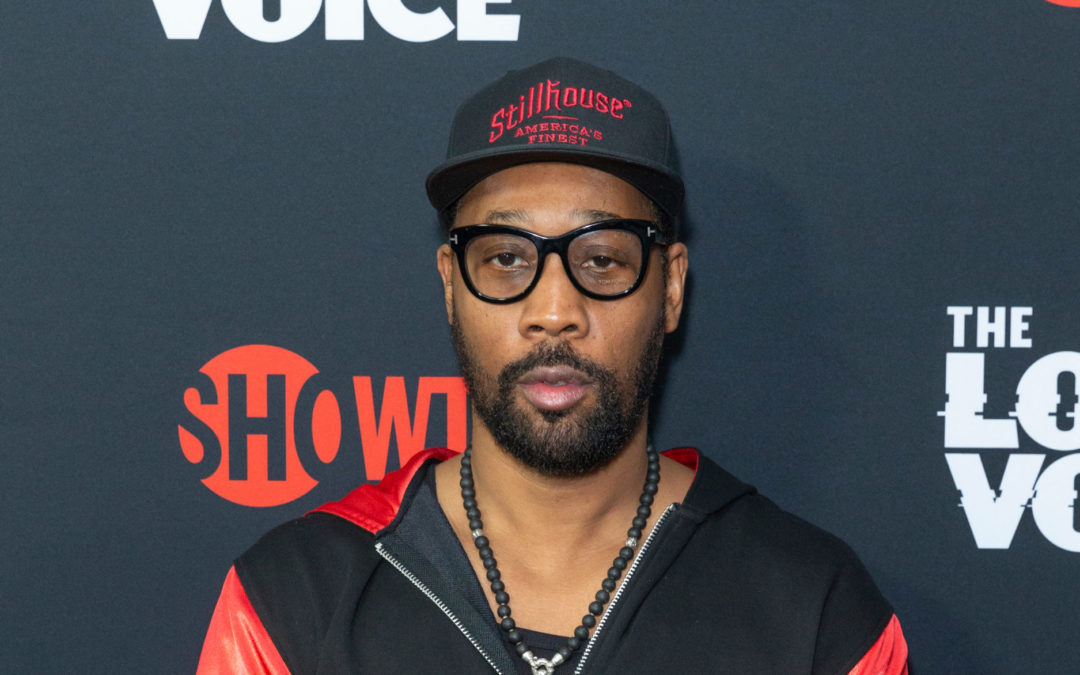
by Jonathan P-Wright | Nov 11, 2024 | Latest, Music News, New Music Alert |
Image credit: lev radin / Shutterstock.com
In the ever-shifting landscape of hip-hop, few figures stand as tall as RZA, the mastermind behind the legendary Wu-Tang Clan. Since the group’s inception in 1992, RZA has been at the forefront of musical innovation, pushing boundaries and redefining what it means to be an artist in the rap game. As the genre continues to evolve and new challenges emerge, RZA remains a beacon of creativity and wisdom, his words as potent and rhythmic as ever.
The hip-hop scene has undergone seismic shifts since RZA first burst onto the stage, transforming not just the music industry but the cultural fabric of New York City itself. Yet, in the face of these changes and the looming specter of artificial intelligence in music creation, RZA’s faith in the raw, unfiltered creativity of human artists remains unshaken. His journey from rap pioneer to classical composer is a testament to his versatility and unwavering commitment to artistic growth.
As we delve into the mind of this hip-hop luminary, we’ll explore his thoughts on the current state of the genre, his foray into classical music, and his perspective on the future of creativity in an increasingly digital world. RZA’s insights offer a unique glimpse into the heart of hip-hop, as seen through the eyes of one of its most influential architects.
The Evolution of a Hip-Hop Maestro
RZA’s journey from the streets of Staten Island to the pinnacle of hip-hop royalty is a story of relentless creativity and innovation. As the chief architect of Wu-Tang Clan’s sound, he played a pivotal role in shaping the course of rap music in the 1990s and beyond.
From Beats to Batons
At the age of 55, RZA has taken on a new challenge that showcases his musical versatility. Moving beyond the realm of rap production, he has embraced the role of orchestrator in the most literal sense. His latest project, “A Ballet Through Mud,” marks his debut in the world of classical music.
This ambitious album features 11 tracks that tell RZA’s life story not through rhymes, but through the rich, emotive tones of orchestral instruments. Working closely with the Colorado Symphony, RZA has crafted a sonic landscape that blends the raw energy of his hip-hop roots with the refined elegance of classical composition.
The Creative Process Behind “A Ballet Through Mud”
The creation of “A Ballet Through Mud” was no small feat. RZA describes it as one of the most time-consuming projects of his career, second only to the production of Wu-Tang Clan’s seminal album “Enter the Wu-Tang (36 Chambers).” The sheer scale of the undertaking, from composing for a 60-piece orchestra to navigating the intricacies of classical recording sessions, presented a new set of challenges for the veteran producer.
RZA’s approach to this album was driven purely by artistic vision, with no expectations for commercial success. This freedom allowed him to explore new musical territories and push his creative boundaries in ways he hadn’t since the early days of Wu-Tang.
The Intersection of Hip-Hop and Classical Music
RZA’s venture into classical music raises interesting questions about the relationship between different musical genres. By bridging the gap between hip-hop and classical composition, he demonstrates the universal language of music and the potential for cross-genre pollination.
This fusion of styles not only showcases RZA’s versatility as an artist but also challenges preconceptions about the limitations of hip-hop artists. It serves as a powerful reminder that creativity knows no bounds and that true artists can transcend the confines of any single genre.
RZA on the Current State of Hip-Hop
As a veteran of the hip-hop scene, RZA offers valuable insights into the genre’s current state and its potential future directions. His perspective is shaped by decades of experience and a deep understanding of hip-hop’s roots and evolution.
The Rise of Women in Hip-Hop
One of the most significant developments in recent years, according to RZA, is the increasing prominence of women in hip-hop. He expresses enthusiasm for this trend, noting the diverse voices and perspectives that female artists bring to the genre.
However, RZA also offers a word of caution. Drawing from the lessons of his own generation, he hopes that these rising stars will avoid some of the pitfalls that male artists fell into, particularly the tendency to prioritize style over substance. He emphasizes the importance of maintaining a balance between artistic expression and meaningful content.
The Changing Sound of New York Hip-Hop
As a New York native and a key figure in the city’s hip-hop scene, RZA has a unique perspective on how the sound of New York rap has evolved over the years. He notes that while the city may have moved away from its original, distinctive sound, this evolution is a natural part of the genre’s growth.
RZA points out that as hip-hop has become a global phenomenon, influences from different regions and styles have blended together. This cross-pollination has led to a more diverse and eclectic sound, even in New York, the birthplace of hip-hop.
The Impact of Technology on Hip-Hop Production
The advent of new technologies has dramatically changed the landscape of music production, and hip-hop is no exception. RZA reflects on how these changes have affected the creative process and the sound of contemporary hip-hop.
While acknowledging the benefits of technological advancements, RZA also emphasizes the importance of maintaining the human element in music creation. He believes that the spontaneity and unpredictability of human creativity are what give hip-hop its unique energy and appeal.
RZA’s Thoughts on AI in Music
As artificial intelligence continues to make inroads into various creative fields, including music, RZA offers his perspective on this emerging technology and its potential impact on hip-hop.
The Limits of AI Creativity
Despite the rapid advancements in AI technology, RZA remains skeptical about its ability to truly replicate human creativity. He argues that the spontaneous nature of human thought and expression is something that AI, at least in its current form, cannot fully emulate.
RZA’s view is that while AI might be able to generate content based on existing patterns and data, it lacks the ability to produce truly original, groundbreaking ideas. He believes that the unpredictable, often chaotic process of human creativity is what gives birth to revolutionary artistic expressions.
AI as a Tool, Not a Replacement
Rather than viewing AI as a threat to human artists, RZA sees it as a potential tool that can be harnessed and transformed by creative individuals. He suggests that even if AI-generated content becomes more prevalent, innovative artists will find ways to use this technology to push the boundaries of their craft.
This perspective aligns with hip-hop’s long-standing tradition of sampling and recontextualizing existing material. Just as hip-hop artists have taken snippets of old records and transformed them into something new and exciting, RZA believes that future artists might do the same with AI-generated content.
The Human Element in Music
At the core of RZA’s thoughts on AI in music is a firm belief in the irreplaceable value of human experience and emotion in artistic expression. He argues that the power of music lies not just in its technical execution, but in its ability to convey genuine human experiences and emotions.
This human element, according to RZA, is what allows music to connect with listeners on a deep, emotional level. It’s the raw, unfiltered expression of human creativity that he believes will always set human-made music apart from AI-generated content.
RZA emphasizes the importance of finding a balance between pushing the boundaries of hip-hop and preserving its core elements. He notes that while sonic innovation is thriving, with producers and artists experimenting with new sounds and styles, there’s a need to maintain the substance and messaging that has always been at the heart of hip-hop.
This balance, according to RZA, is crucial for ensuring that hip-hop remains a powerful form of expression and communication, rather than becoming solely focused on style over substance.
As we reflect on RZA’s journey from hip-hop pioneer to classical composer, it’s clear that his influence on the music world extends far beyond his work with Wu-Tang Clan. His willingness to push boundaries, explore new territories, and maintain a commitment to artistic integrity serves as an inspiration to both established and emerging artists.




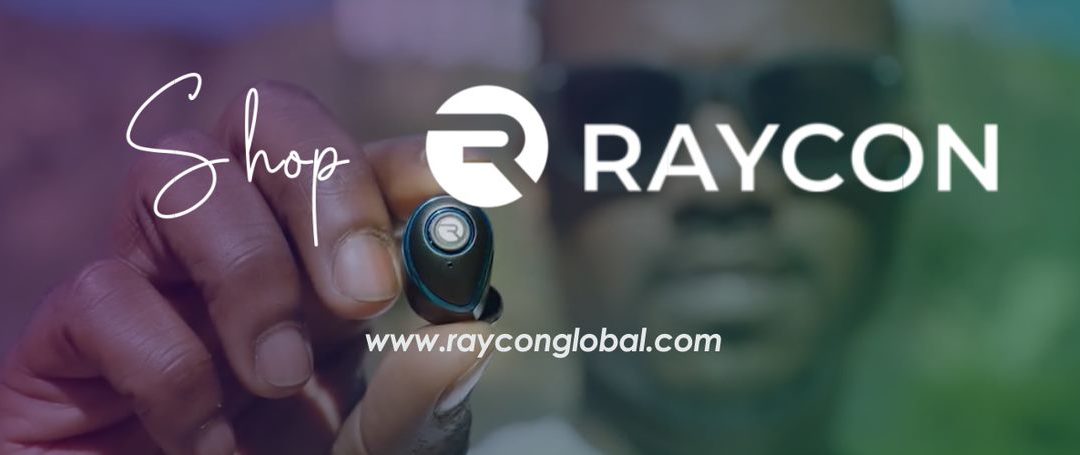

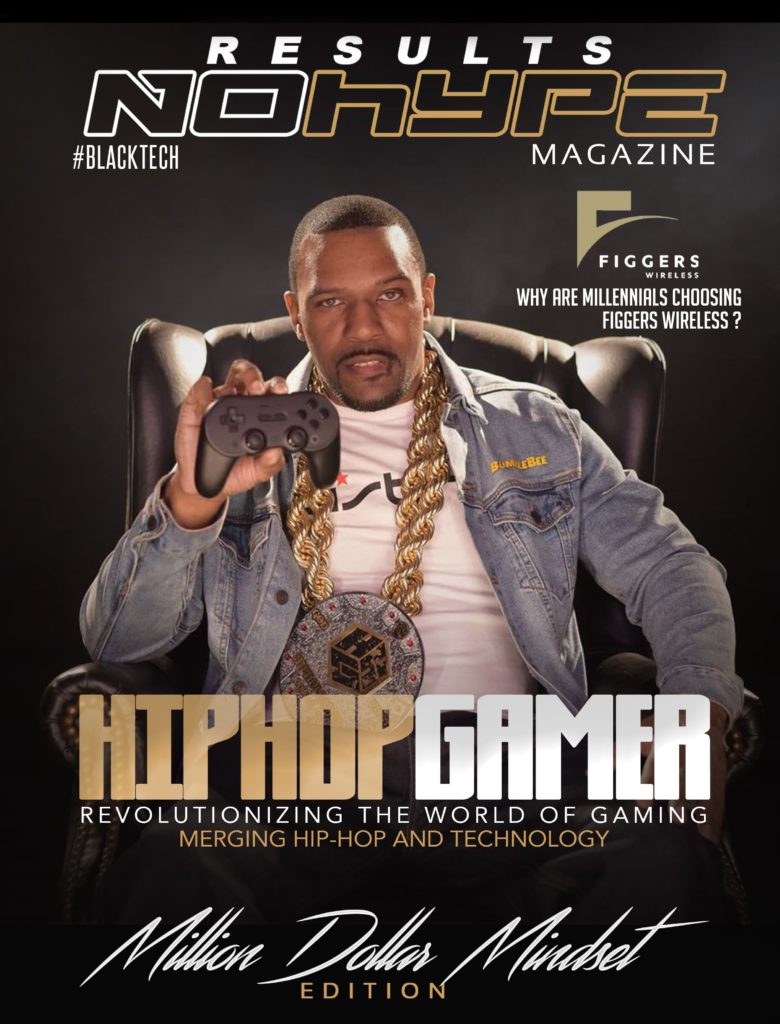
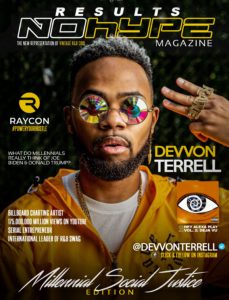
RECENT COMMENTS